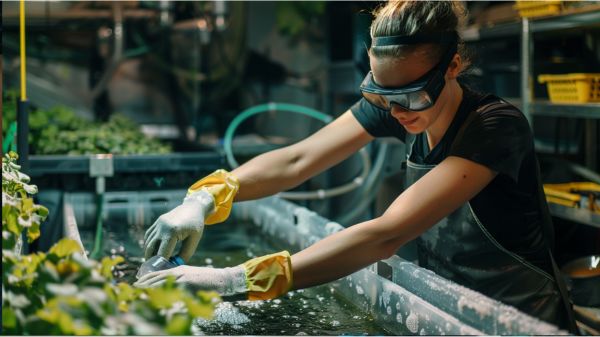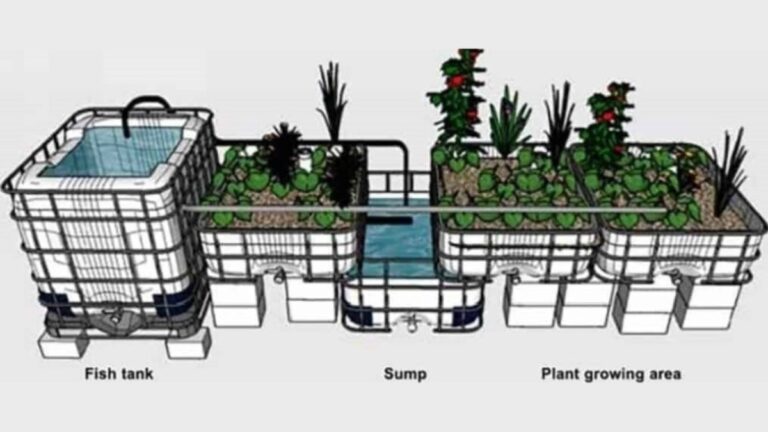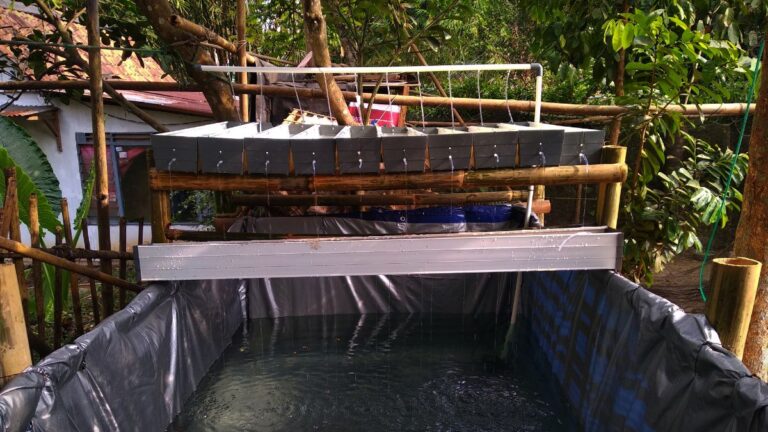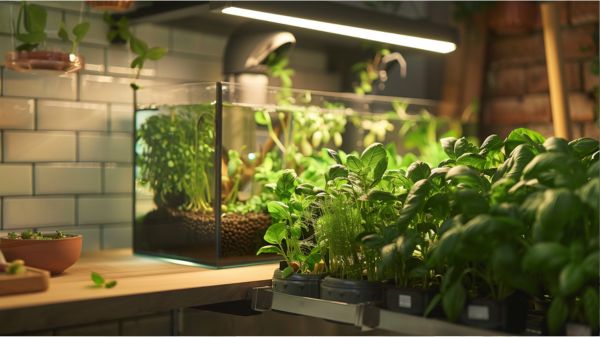Indoor Aquaponics System Maintenance Tips
Maintaining an indoor aquaponics system demands meticulous attention to various factors that contribute to its overall well-being. From water quality testing to pest prevention strategies, each element plays an important role in the success of the system.
However, there is one particular aspect that often goes unnoticed but can have a significant impact on the system’s longevity and productivity. This often-overlooked factor can determine the difference between thriving plants and fish or constant struggles with system health.
Stay tuned to discover this important maintenance tip that can elevate your indoor aquaponics system to new heights of success.
Key Takeaways
- Regularly test water quality to maintain balance and health in the system.
- Ensure ideal aeration for proper oxygen levels using clean air stones.
- Control climate factors like temperature and humidity for fish and plant well-being.
- Monitor and regulate pH levels within the optimal range to support bacteria and prevent harm.
Water Quality Testing
Regular water quality testing is essential in maintaining the balance and health of an aquaponics system, ensuring peak conditions for both plant growth and fish well-being. Monitoring pH levels within the ideal range of 6.8 to 7.0 is critical for best plant growth and fish health.
Ammonia levels should be kept below 0.5ppm to prevent any harmful effects on the fish population. Additionally, monthly monitoring of nitrates levels, ensuring they are below 150ppm, is important to avoid any imbalance issues within the system.
Utilizing a reliable test kit is imperative for accurate and timely assessment of these key parameters. By consistently evaluating water quality, aquaponic enthusiasts can uphold a healthy aquatic environment that fosters thriving plants and happy fish.
Maintaining proper water quality through regular testing is a cornerstone of aquaponics system management, contributing to the overall success and sustainability of the setup.
Aeration Optimization
Maintaining ideal aeration in an aquaponics system is important for ensuring sufficient oxygen levels for both the fish and plants to thrive. Proper aeration is essential in indoor systems to support the delicate balance of the ecosystem.
To optimize aeration, clean air stones regularly with hydrogen peroxide to maintain oxygen dissolution efficiency. Choosing the correct air pump based on the system’s size and oxygenation requirements is important. Monitoring the aerator’s functionality ensures the best oxygen levels for the inhabitants of the aquaponics setup.
Utilizing clean air stones promotes effective aeration throughout the system, aiding in maintaining suitable oxygen levels. Regularly inspect and replace air stones to prevent potential oxygenation issues.
Additionally, ensuring water parameters are in check, using dechlorinated water, and controlling algae growth are essential components of a detailed maintenance routine for aquaponics systems. Best aeration contributes significantly to the overall health and productivity of fish tanks and plant beds in indoor aquaponics setups.
Temperature and Humidity Control
Proper control of temperature and humidity is paramount for ensuring the best growth and well-being of fish and plants within an indoor aquaponics system. Adequate air circulation and proper air ventilation play a critical role in maintaining ideal temperature conditions.
It is essential to select plant varieties that align with the climate and temperature of the indoor environment to foster healthy growth. Monitoring humidity levels is essential to prevent issues like mold and mildew that can arise from excessive moisture.
Finding the right balance between temperature and humidity is key to the overall success of your aquaponics system.
To achieve this balance, regularly check and adjust humidity levels as needed. Keep a record of these measurements in an aquaponics journal to track patterns and make informed decisions.
Ph Level Monitoring
Monitoring the pH levels in your aquaponics system is a fundamental practice for maintaining peak nutrient intake and system balance. It is essential to keep pH levels within the range of 6.8 to 7.0 to guarantee ideal conditions for both plant growth and fish health.
Regular monitoring of pH levels is vital to make timely adjustments if the pH falls below 6.5, as this can be harmful to the overall system balance. Adjustments can be made using hydrated lime or potash to bring the pH back to the recommended levels.
Proper pH levels also support bacteria reproduction, which is essential for nutrient conversion within the aquaponics system. Consistent monitoring and adjustments of pH levels are key to preventing imbalances that could potentially harm the plants and fish in your system.
Pest and Predator Prevention
To safeguard your aquaponics system from potential threats, implementing effective pest and predator prevention measures is essential. Pests and predators pose a significant risk to the delicate balance of your system.
Installing screen doors, netting, or fencing around the system can help deter unwanted intruders. Additionally, using organic pest control methods guarantees the safety of your fish and plants without introducing harmful chemicals into the water.
Regularly inspecting and maintaining the system’s integrity is critical in deterring predators from gaining access. Keep a close eye on plant leaves and stems for any signs of insect infestations, addressing them promptly to prevent further damage.
Implementing protective measures such as scare tactics or physical barriers can also help prevent fish predation by birds, animals, and other pests. By being proactive and vigilant in pest and predator prevention, you can maintain a healthy and thriving aquaponics system.
Frequently Asked Questions
How Do You Maintain an Aquaponics System?
Maintaining an aquaponics system involves meticulous care. Regularly monitor pH levels, ensure nutrient balance, implement pest control measures, regulate temperature, optimize plant growth, feed fish appropriately, maintain water quality, design the system effectively, use aeration techniques, and follow a structured maintenance schedule.
How Often Do You Change Water in Aquaponics?
Regular water changes in aquaponics are important for maintaining ideal water quality, nutrient levels, and overall system health. These changes support plant growth, fish health, algae control, pH balance, and oxygen levels, ultimately influencing the system design and harvesting schedule.
What Are the 4 Things That Need to Be Tested Regularly in an Aquaponics System?
Regularly testing pH, ammonia, nitrate, and nitrite levels in an aquaponics system is essential for maintaining water quality and ensuring ideal conditions for fish and plant health. Monitoring these parameters aids in preventing imbalances and promoting system sustainability.
What Kills Fish in Aquaponics?
Water quality, oxygen levels, pH balance, and stress factors can harm fish in aquaponics systems. Ammonia spikes, nutrient deficiencies, temperature fluctuations, and parasite outbreaks are common culprits. Ensuring proper maintenance and monitoring can safeguard fish health.
Conclusion
Thus, adhering to a structured maintenance checklist and consistently monitoring key components such as water quality, aeration, temperature, pH levels, and pest control is essential for the successful upkeep of an indoor aquaponics system.
By implementing these tips and practices, aquaponics enthusiasts can guarantee the health and productivity of their plants and fish, ultimately leading to a thriving and sustainable indoor aquaponics setup.







